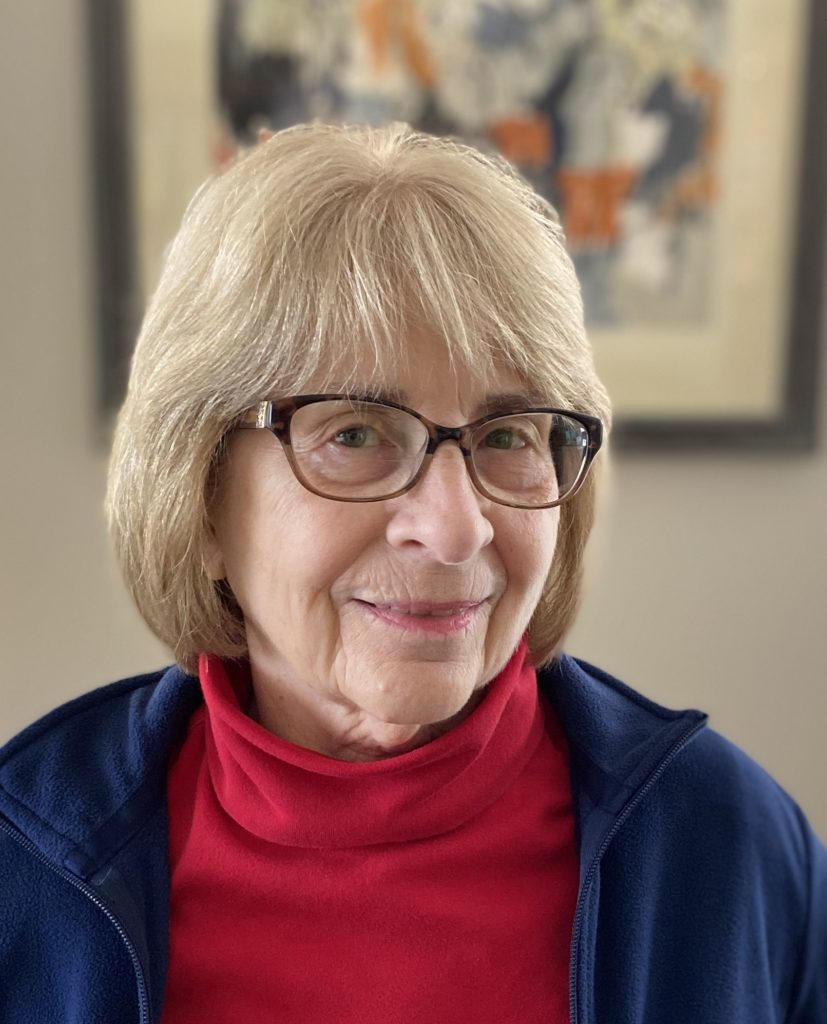February 22, 2021

This year, the AIA had the pleasure of bestowing the 2021 Martha and Artemis Joukowsky Distinguished Service Award on a most deserving individual – Dr. Jane C. Waldbaum.
Jane has been a member of the AIA for 60 years and has been a key contributor to the Institute’s success. She has served in leadership roles in both the Milwaukee and Boston Societies. On the national level, Jane served as President of the AIA from 2003 to 2007. She has also served as an Academic Trustee, First Vice President, Past President, and is currently an Honorary President. In addition, Jane currently serves on the Gold Medal Committee and has served on numerous other AIA committees, chairing many of them.
The AIA is grateful for Jane’s faithfulness to the Institute over multiple decades and we’re delighted for you to get to know her better by reading her words below.
How did you get your start in archaeology?
My parents were archaeology buffs and when I was a child, they often took me to museums in New York City that had archaeological collections. Then, I took an art appreciation class in high school and fell in love with the Palaeolithic cave paintings. I wanted to study whatever it was that included them. Though I ended up working in areas far distant from them, they whetted my appetite for and fascination with the ancient past.
What areas of archaeology engage you most?
Over my professional career I have worked at sites in Turkey, Cyprus and Israel. I’ve always been fascinated with the evidence for interconnections among cultures in the Eastern Mediterranean, the Ancient Near East and in the wider Mediterranean world and my research has focused on problems related to these interactions. My major publications: From Bronze to Iron: The Transition from the Bronze Age to the Iron Age in the Eastern Mediterranean (1978); Metalwork from Sardis: The Finds Through 1974 (1983); and “Greek Pottery,” Chapter 10, Pp. 123-334 inL. E. Stager, D. M. Master, and J. D. Schloen, eds. Ashkelon 3: The Seventh Century B.C. (2011) all deal in different ways with intercultural relationships within the Eastern Mediterranean and beyond.
What has the AIA meant to you over the course of your career?
I first joined the AIA as an undergraduate back in 1961, and have been a member ever since. It has been both my professional home and a means of sharing the excitement of archaeology with the general public through the lecture program, ARCHAEOLOGY magazine, and the many other public outreach programs sponsored by the AIA.
The local Societies are the backbone of the Institute’s outreach efforts and I have been fortunate to be active in the Milwaukee Society which has always taken the task of public engagement seriously. I have also participated in AIA Tours, both as a host/lecturer and as a tourist. It’s a great way to see parts of the world that are not in one’s area of specialty. (I even got back to those cave paintings!)
In these times of Covid-19, AIA’s online programs have maintained the tradition of presenting quality programming both for the general public and for its professional members. I’ve been impressed recently with how the AIA has taken advantage of new technologies to broaden its outreach to wider audiences. I’m happy to have done my part over the years towards furthering the goals of the AIA on both the local and the national level.
Notifications